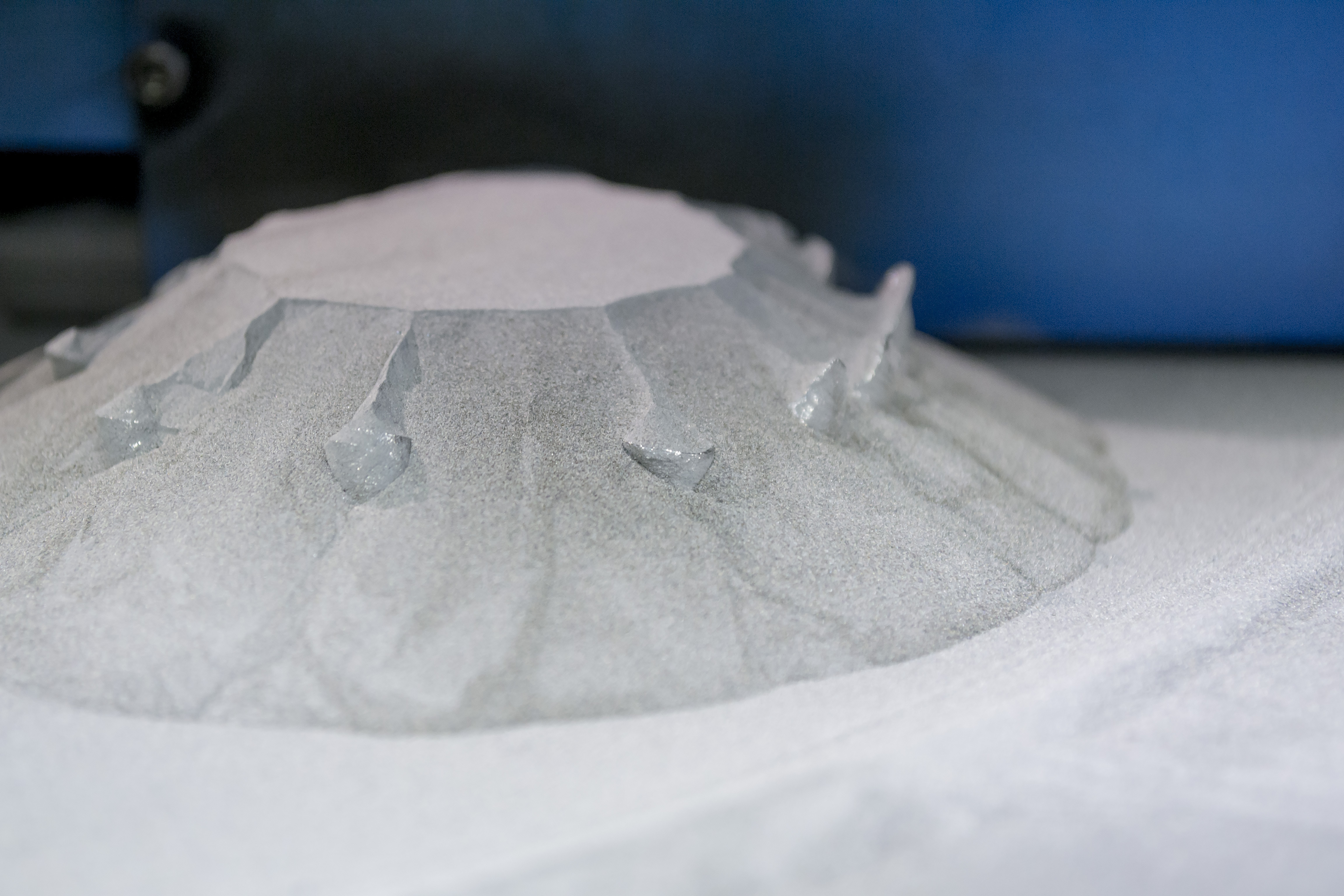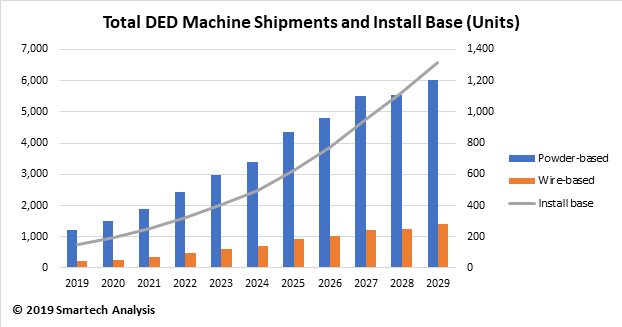Few materials in the world of manufacturing offer as wide a range of applications as ceramics. When it comes to additive manufacturing, the wide range of ceramic applications and material types is further expanded by the even wider range of different ceramics additive manufacturing processes that have been—and are continuously— researched, validated and implemented in ceramic manufacturing. Ceramics additive manufacturing has been studied for close to two decades (almost as long as AM has existed) and while it has shown great promise from the very beginning only very recently have the first real, practical and commercial applications of ceramics 3D printing begun to emerge.
With all digital AM processes for ceramic production, indeed as with all traditional ceramics production, the printed parts must undergo considerable postprocessing before reaching their desired mechanical and chemical properties and final-part density. In essence, photopolymerization processes first require debinding in order to remove the polymer, and then all technologies require the parts to be sintered — unless, of course, you’re printing sand molds and cores for metal casting.




